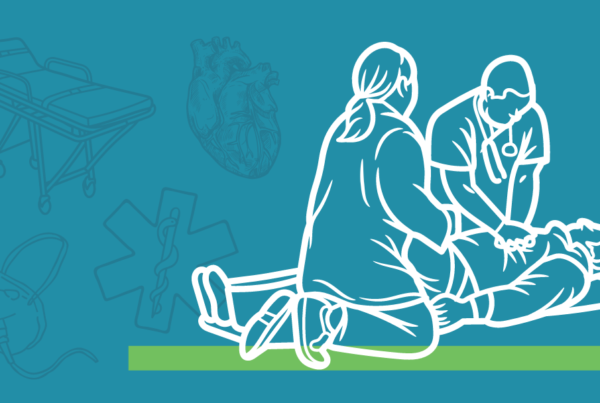By Dan Limmer
 How “street ready” is an EMT student when he or she passes a class and the NREMT?
How “street ready” is an EMT student when he or she passes a class and the NREMT?
Agencies want providers who are well prepared, but in most cases that isn’t the reality. To be prepared to do the job, a new EMT needs time in the field with either a preceptor or a field training officer (FTO). Some of the core skill sets of both are the same, so I’ll discuss them together in this blog post.
Technically, there’s a difference between a preceptor and an FTO. A preceptor usually acts in a training setting, such as field clinicals for paramedic students, whereas an FTO trains new employees who are already certified. Both play an important role in preparing new EMTs for what they’ll face in the real world.
I recently taught a course for EMS educators that covered a variety of classroom education topics. I added a section called “The Educator in the Field.” Its purpose was to address both the FTO/preceptor process and the areas in which the best learning is done in the street.
At the beginning of the class I gave out 3 x 5 cards and asked every educator to write a one-sentence description of what a preceptor or FTO should be. At the end of “The Educator in the Field” section of the class, I read each of the cards aloud. As you might expect, the responses showed some variety, some humor, and in true EMS form, some frank practicality. I’d like to share some of those descriptions with you.
A preceptor or FTO should:
- lend their knowledge and provide a learning atmosphere.
- help someone become a provider/partner I want to work so I wouldn’t be terrified to have them treat me.
- be a coach.
- provide an environment of hands-on learning through a combination of leading by example and constructive feedback.
- guide and educate new providers in the real-world aspects of EMS vs. what they got from the book.
- make the student feel comfortable.
- act as an intermediary between the classroom and the field experience.
- provide a safe environment for students to practice skills on patients.
As a past clinical coordinator for two EMS programs, I’ve found that the relationship between student and preceptor is vital for success, both in the clinical training and beyond. It isn’t just the content of the training—the relationship and its affective components are important as well. Field time is formative and valuable for a wide variety of reasons.
How do you define what a preceptor or FTO should be? Do you have an experience as either a preceptor or student to share with us? We’d love to hear them.



” By learning you will teach ” By teaching you will understand “